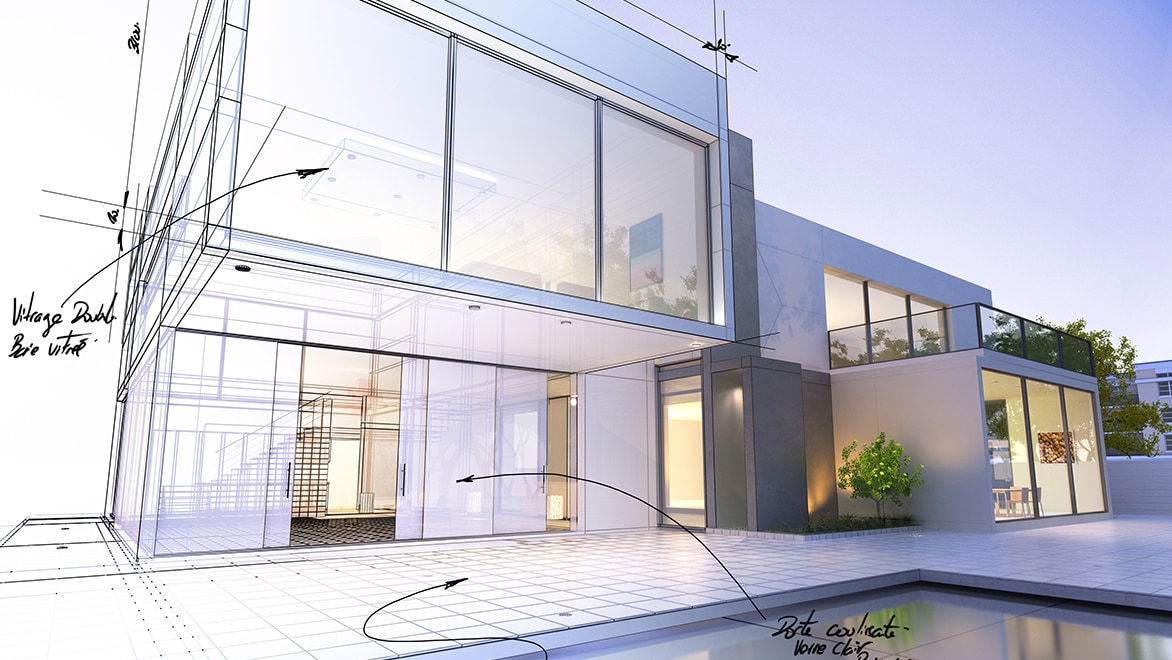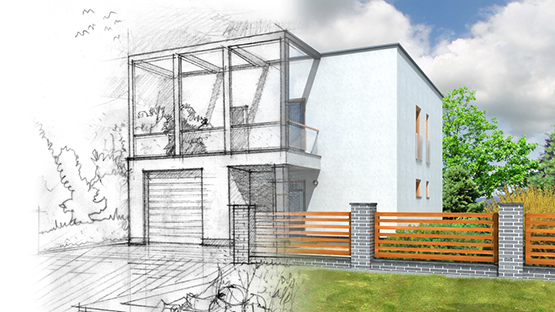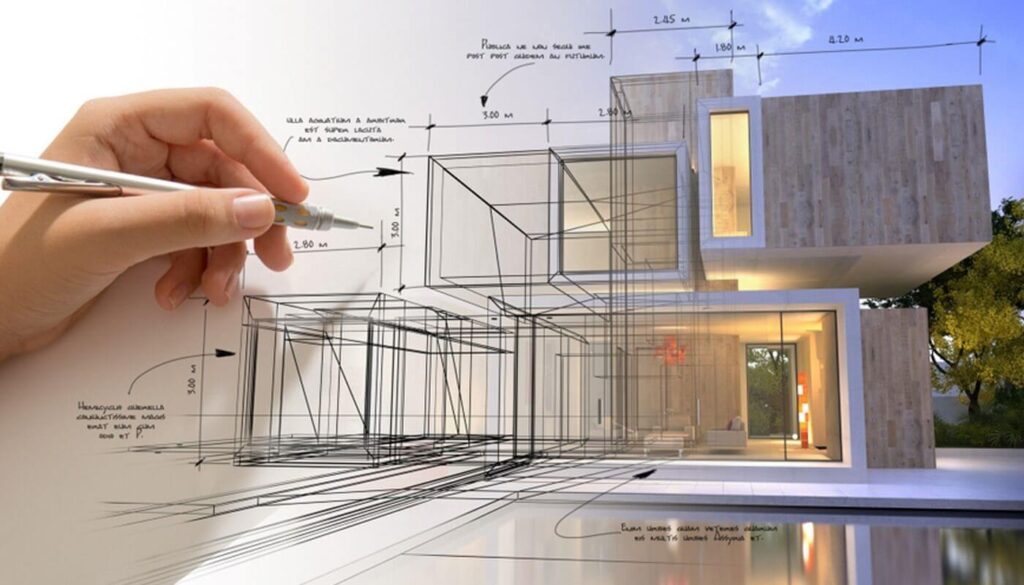Changing Areas: The Vision of CDA Architects for Modern Living
A Detailed Review of Architectural Styles and Their Influence on Modern City Preparation and Growth
Architectural styles have long functioned as a mirror to the societal values and technological developments of their time, playing a critical duty in shaping modern city preparation and development. From the majesty of Neoclassicism to the practical strategy of Brutalism, each design has actually presented one-of-a-kind principles that influence metropolitan aesthetics and functionality. As modern obstacles emerge, consisting of sustainability and community needs, recognizing these historical frameworks ends up being important. The resulting discussion not just educates future layout methods yet additionally increases significant inquiries regarding the balance in between heritage and development in our progressing metropolitan landscapes.
Historical Introduction of Building Designs

As cultures transitioned through the Middle Ages, Gothic style arised, defined by its verticality and elaborate detailing, matching the spiritual desires of the period. The Renaissance marked a revival of classical perfects, merging art and architecture in cutting-edge manner ins which affected subsequent styles throughout Europe.

Today, building styles proceed to evolve, driven by globalization and sustainability worries, mirroring a dynamic interaction in between heritage and innovation. This historical review underscores the relevance of architecture as a mirror of societal advancement and as a catalyst for metropolitan growth.
Key Architectural Styles Explained
The variety of building designs reflects the myriad impacts that shape our built setting, each embodying unique attributes and cultural significances. Key architectural designs consist of Timeless, Gothic, Baroque, Innovation, and Postmodernism, each representing distinct historic contexts and visual approaches.
Classic style, rooted in old Greece and Rome, stresses balance, percentage, and making use of columns (cda architects). On the other hand, Gothic architecture, thriving in the Middle Ages, is defined by sharp arcs, ribbed safes, and flying buttresses, developing a heavenly quality in cathedrals. Baroque architecture, emerging in the 17th century, is marked by splendour, fancy decoration, and a dynamic interplay of light and shadow
Innovation, which obtained momentum in the very early 20th century, focuses on feature over type, using new materials like steel and glass to create minimalist structures. Postmodernism, reacting versus the austerity of Innovation, accepts eclecticism and article historical reference, usually including playful aspects and paradox.

Influence on Urban Planning
In shaping the advancement of cities, building styles considerably affect city planning choices. The selection of architectural design frequently dictates the appearances, capability, and overall character of urban environments.
Additionally, building styles can impact zoning policies and land utilize policies. Urban planners should think about the dominating building patterns when creating areas, making sure that brand-new advancements harmonize with existing frameworks. This consideration fosters natural city landscapes and boosts area identity.
The application of certain architectural styles can also influence socioeconomic factors within a city. Premium contemporary layouts might draw in affluent citizens and companies, leading to gentrification, while more affordable real estate options might focus on sensible and lasting designs to suit diverse populaces. cda architects. Eventually, the interaction between architectural designs and urban preparation creates vibrant cities that reflect both historic context and contemporary needs, forming the lived experiences of their residents
Sustainability and Modern Style
Architectural designs play a critical duty in attending to modern challenges, specifically in the realm of sustainability. As metropolitan locations broaden and ecological issues magnify, modern-day architecture significantly welcomes sustainable layout principles that focus on power efficiency, source preservation, and marginal environmental impact.
Contemporary architectural motions, such as biophilic layout and green design, supporter for frameworks that harmonize with their surroundings, making use of all-natural materials and promoting biodiversity. These designs often integrate eco-friendly energy sources, such as photovoltaic panels and wind generators, to reduce reliance on fossil fuels and reduced carbon footprints.
In addition, the integration of advanced innovations, such as wise structure systems, boosts energy management, optimizing source use while making More hints sure passenger convenience. Cutting-edge water management strategies, including rain harvesting and greywater recycling, further add to lasting urban environments.
Notably, sustainability prolongs beyond environmental worries; it includes social and economic dimensions as well. By cultivating neighborhood wellness and promoting inclusivity, modern-day building designs line up with sustainable development goals. Consequently, the advancement of building practices proceeds to form durable cities that not only meet the needs of the existing yet likewise secure the future for generations to come.
Community Involvement in Style
Community engagement in layout functions as a critical bridge in between engineers and the populations they offer, ensuring that the built setting shows the needs and desires of its customers. This collective process welcomes community participants to add their insights and preferences, cultivating a feeling of possession and responsibility toward the rooms they occupy.
Reliable neighborhood engagement uses numerous approaches, such as workshops, surveys, and public discussion forums, to collect diverse perspectives. These techniques facilitate a two-way dialogue, allowing engineers to comprehend neighborhood contexts while equipping citizens to voice their concerns and needs. This inclusivity not only improves the style high quality but also advertises social equity by dealing with the one-of-a-kind challenges dealt with by marginalized teams.
Furthermore, community interaction can bring about innovative options that could not emerge in a standard layout process. By integrating neighborhood understanding and social values, engineers can create spaces that resonate even more deeply with individuals, boosting use and sustainability. Ultimately, prioritizing neighborhood involvement in design procedures causes settings that support social communications, assistance health, and strengthen area ties, thus playing an essential duty fit modern city landscapes.
Verdict
Architectural styles have actually exceptionally influenced modern-day city preparation and advancement, reflecting developing cultural and technical contexts. As cities proceed to grow and adjust, the continuous dialogue in between architectural heritage and modern design concepts will remain essential in developing inclusive, vibrant rooms that enhance top quality of life and advertise social equity.